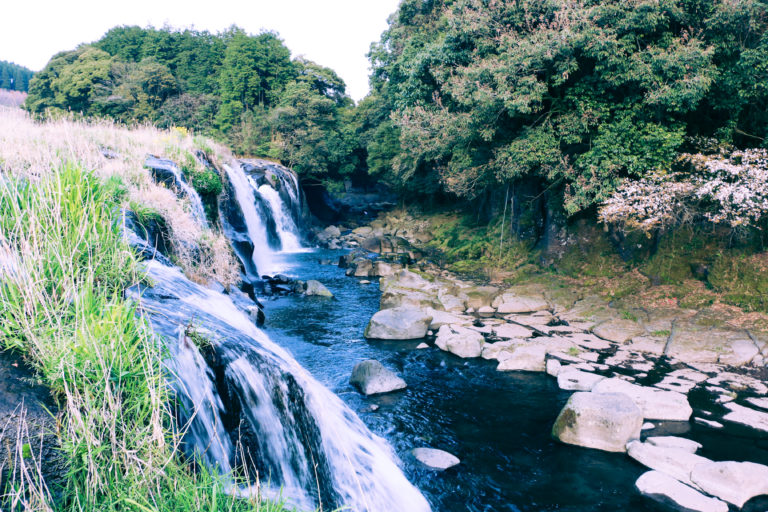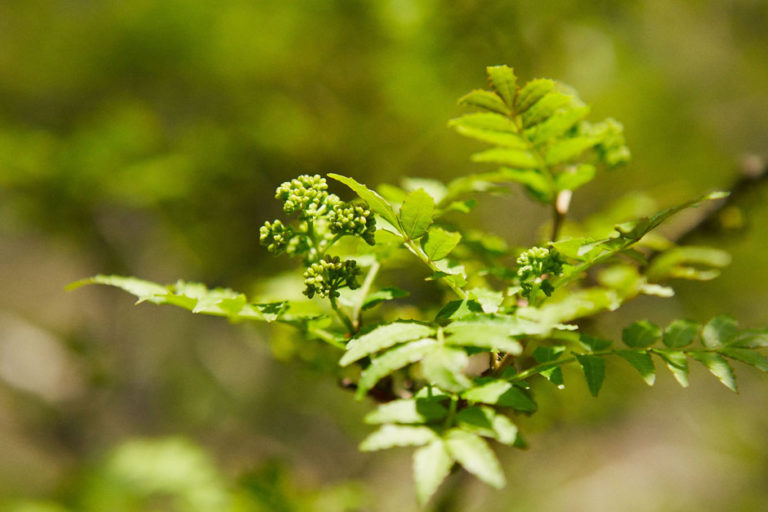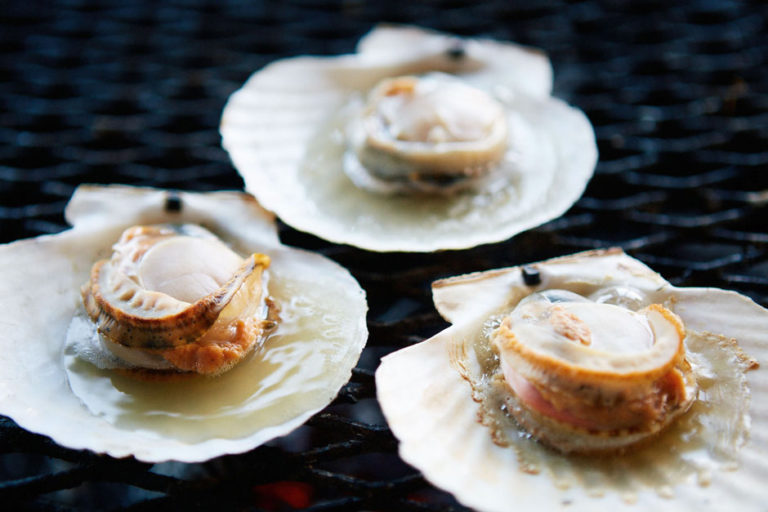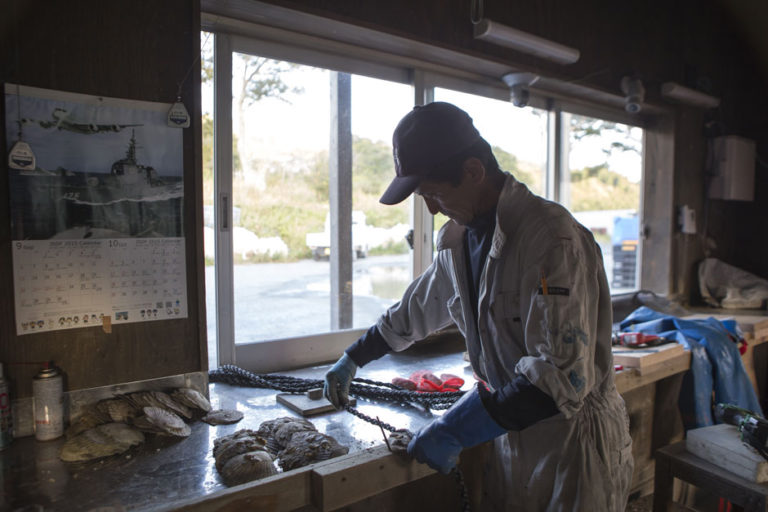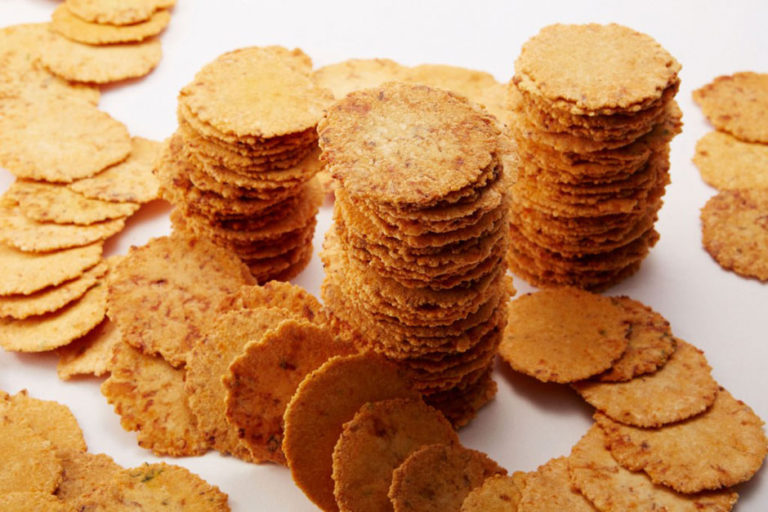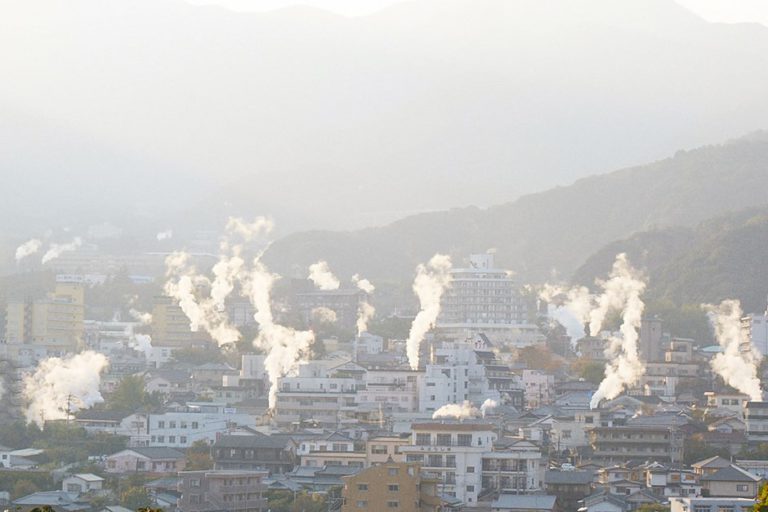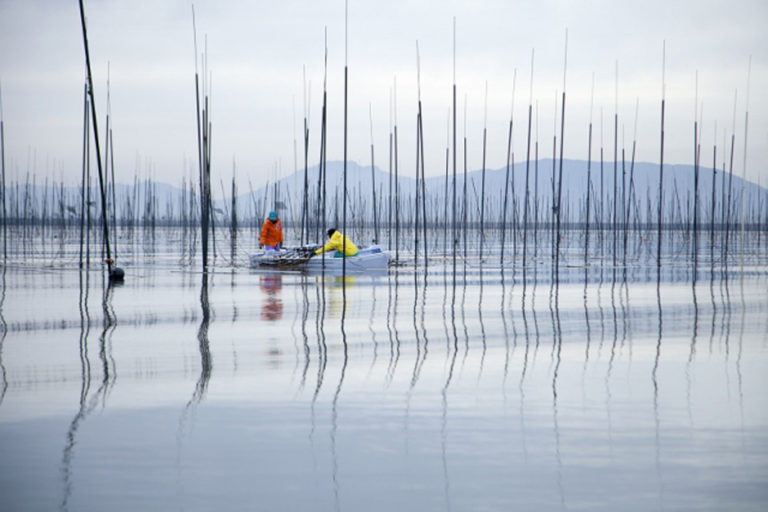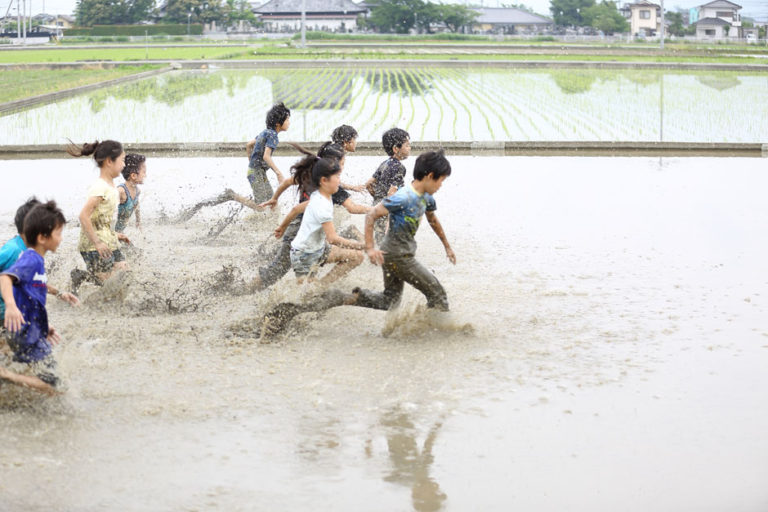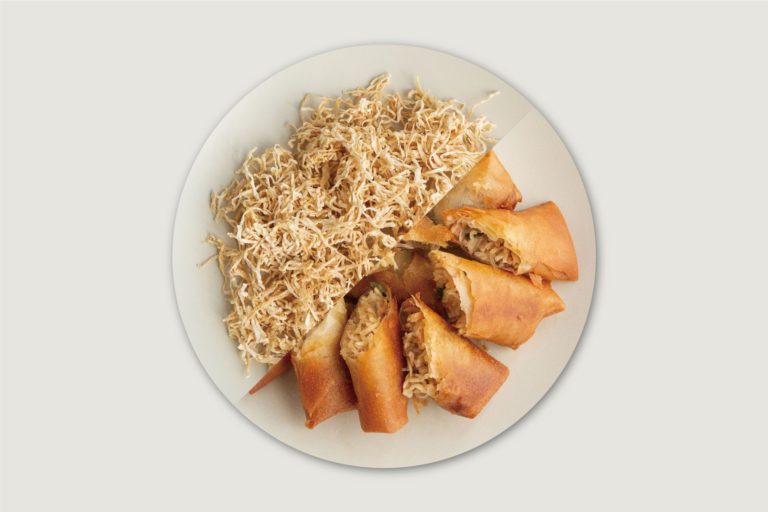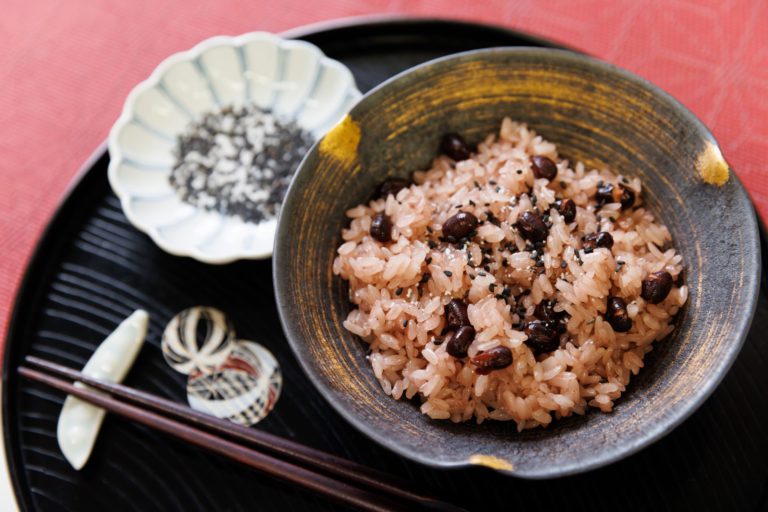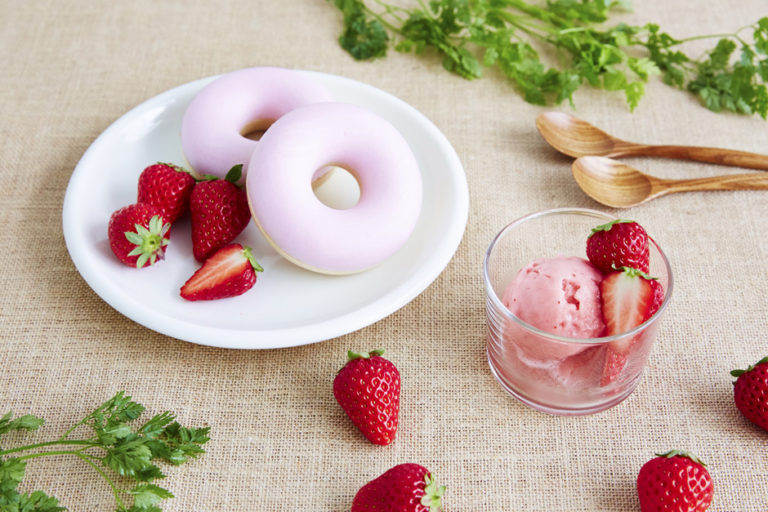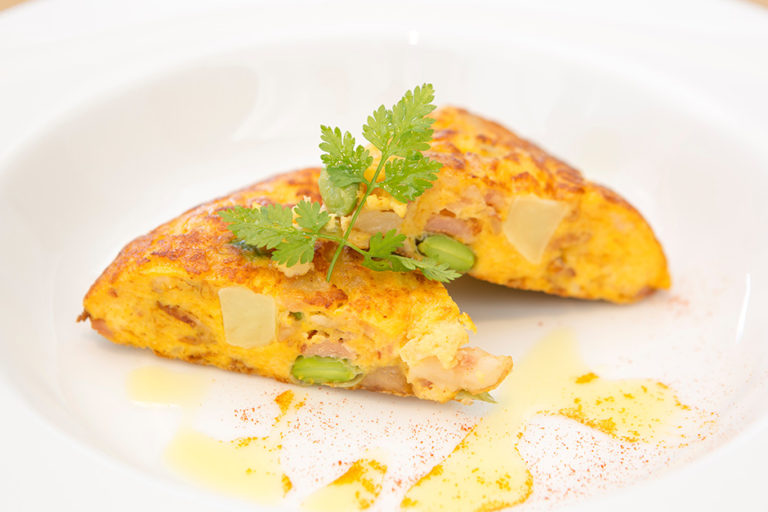Ehomaki, Sushi Roll for Wishing for the Year’s Good Fortune
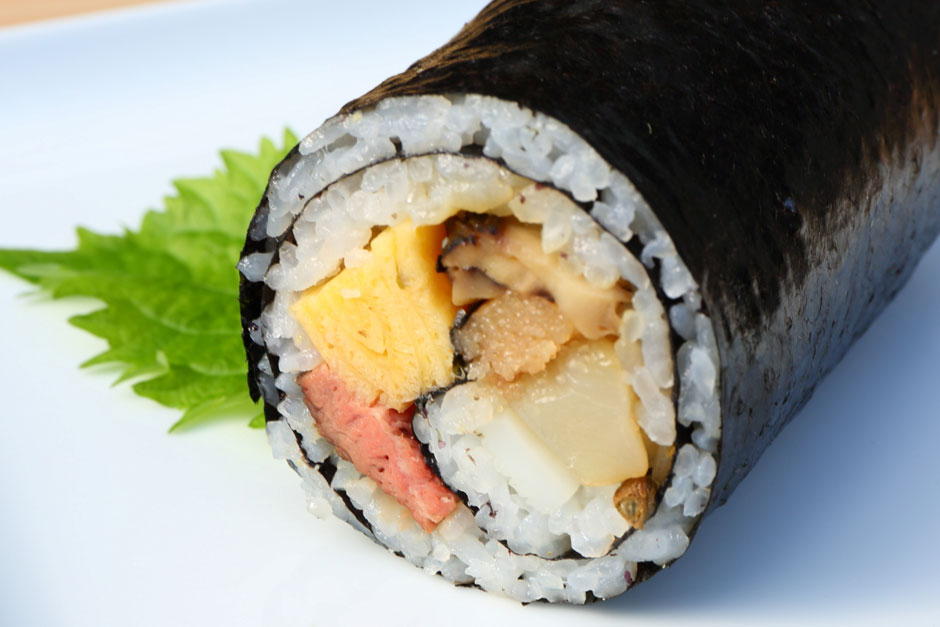
Just like mamemaki, another traditional activity for February 3 where families throw soybeans out of the door shouting “demons get out, luck come in,” eating ehomaki is a tradition that is said to have long been handed down mainly in the Kansai area for this time of the year. In recent years, this sushi roll is popular not just in Kansai but throughout all of Japan and the number of people making their own ehomaki from their favorite recipes is increasing.
Eating it whole, with luck rolled inside.
Ehomaki is a thick sushi roll, eaten in silence while making a wish, facing the direction of best luck (eho) specified for each year according to the way of ying and yang, the esoteric cosmology based on ancient Chinese philosophy where good and bad luck for that particular year are interpreted by observing natural phenomena. There are many theories as to ehomaki’s origin but it is said to be a custom handed down from the Edo period (1603?1868). Apparently, people in the days of old ate ehomaki and wished for prosperity and good health for that year.
It is also said to be good luck to use seven ingredients to prepare ehomaki, in sync with the seven gods of fortune in Japanese folklore. Apparently, good luck will come about by rolling the ingredients into the sushi. It is also served whole, without cutting into pieces, so that “relationships are not cut off.”
SHUN GATE’s original ehomaki
In this edition, SHUN GATE has picked seven ingredients carefully selected from across Japan. Take a look at SHUN GATE’s original ehomaki, where not just the ingredients inside but the nori (seaweed) and rice are also carefully selected.
■Ingredients for SHUN GATE’s original ehomaki
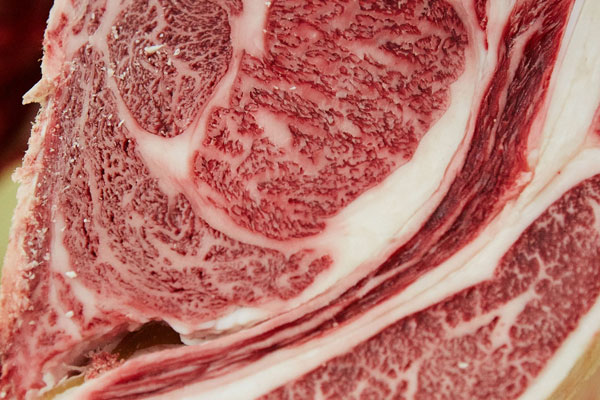
① Roast beef (Ito Wagyu beef)
For the main ingredient, this ehomaki features Ito Wagyu, black beef grown with tender care in Japan. The beef has a grade 4 or higher and is carefully selected by a meat expert. The fine marbled meat has a rich flavor.
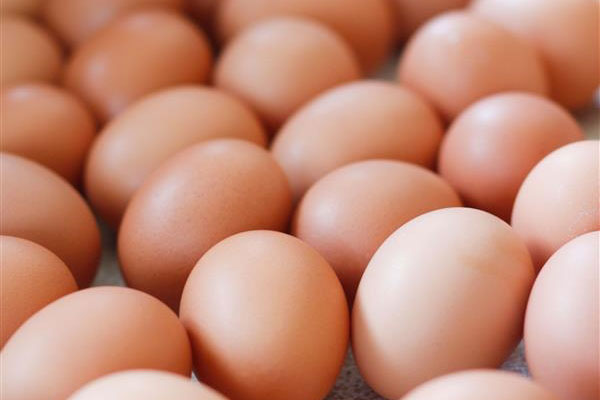
② Thick omelette (Shichijo eggs from Kikuchi City, Kumamoto Prefecture)
The thick omelette is made with Shichijo eggs from Kikuchi in Kumamoto Prefecture. The high-quality eggs are gathered from healthy hens raised in the beautiful natural environment, with freshwater from Kikuchi Valley, known as one of the 100 best water sources in Japan.
Product detail
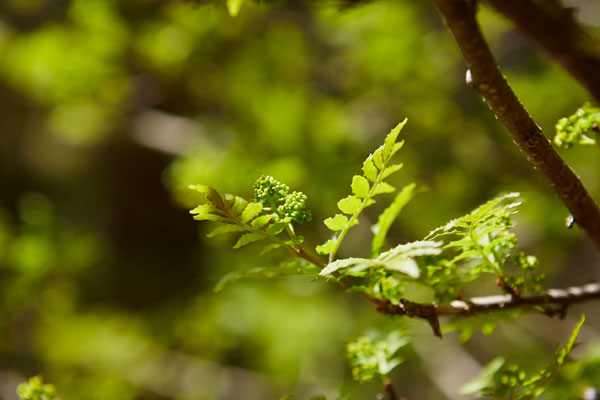
③ Cooked Sansho (Japanese pepper) (Asakura Sansho from Yabu City, Hyogo Prefecture)
This sushi roll is accentuated with cooked Asakura Sansho pepper, a local product from Yabu in Hyogo Prefecture.
The Asakura Sansho is known as a prickles Japanese pepper and is milder than regular Japanese peppers and is highly aromatic. Not only is it a favorite ingredient at high-end restaurants in Japan, it has recently been used at three-star restaurants in Europe.
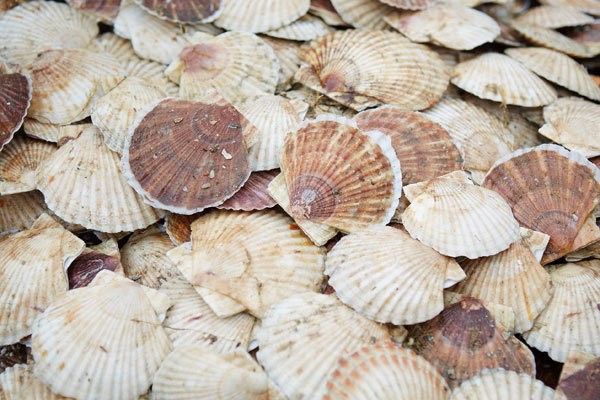
④ Smoked scallops (from Hokkaido)
Scallops from Okhotsk Sea in Hokkaido, the sea boasting one of the highest catches in Japan. In the winter, plankton comes flowing into the Okhotsk Sea with drift ice, enriching the sea water. This Ehomaki features scallops from this extremely cold water, amassing plenty of nutrients. The scallops are large and have thick, exquisitely sweet meat.
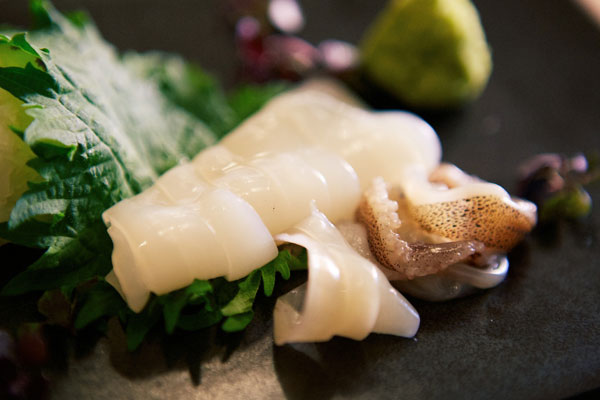
⑤ Seared spear squid (from Sanriku Toretate Ichiba (Fresh Market) in Iwate Prefecture)
Spear squid caught off the coast of Sanriku, one of the three best fishing spots in the world. Sanriku has one of the largest ria coasts in Japan, where the Oyashio (or Kuril) current and the Kuroshio (or Japan) current come together to yield abundant nutrients. Squid from this rich environment is flavorful and has thick meat.
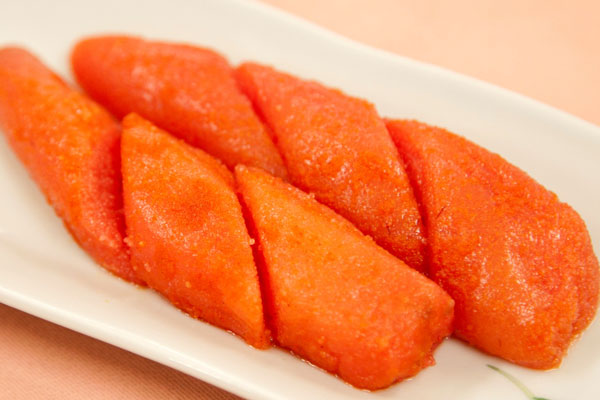
⑥ Spiced cod roe (from Yamaguchi Aburaya Fukutaro in Fukuoka Prefecture)
This ehomaki also features spiced cod roe from retailer Yamaguchi Aburaya Fukutaro in Fukuoka Prefecture. Roe from Alaska pollock, whose reproductive season is in the winter, is pickled twice with the company’s original recipe for unique richness and good taste.
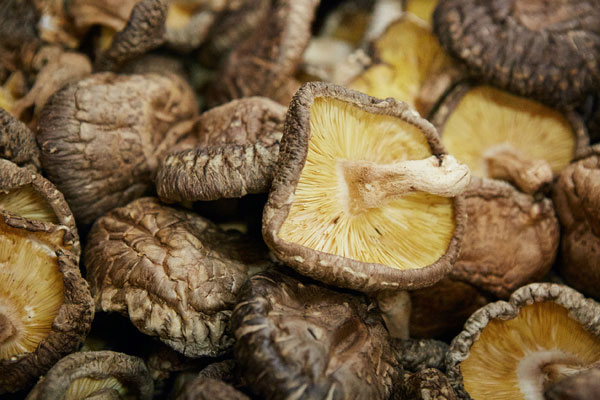
⑦ Cooked shiitake mushrooms (from OSK in Oita Prefecture)
Oita Prefecture produces more dried shiitake mushrooms than anywhere else in Japan. The shiitake mushrooms are grown and dried over a long time, on raw mushroom logs without any insecticides or fertilizers. The result is the one-and-only mushroom with a dense and thick head.
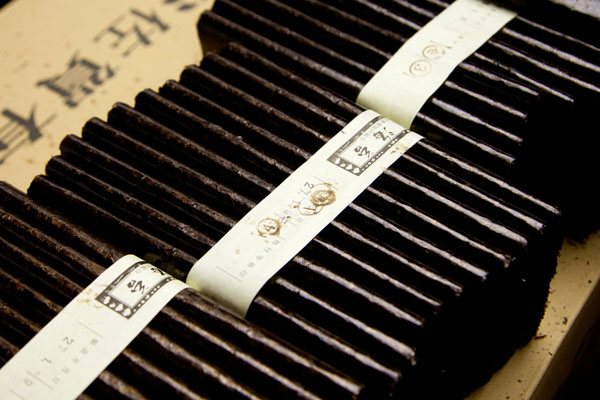
■ Nori (Yamamoto nori from Saga Prefecture)
The thick ehomaki is rolled with Yamamoto Nori, nori seaweed from the Ariake Sea in Saga Prefecture, which is one of the best-known nori grounds in Japan. This nori is of the highest quality, made with special techniques and selected by nori experts.
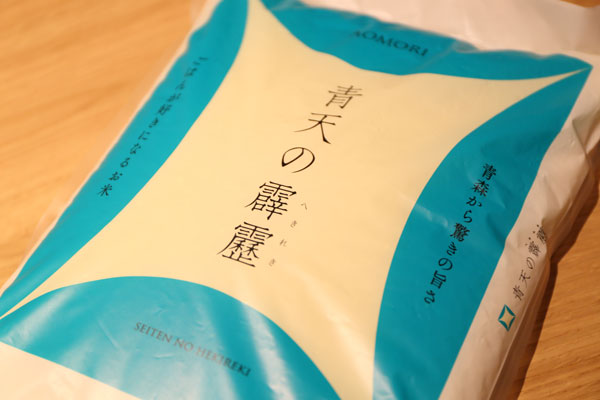
■ Vinegar rice (Seiten No Hekireki rice from Aomori Prefecture)
The vinegared rice is made with Seiten No Hekireki rice from Aomori Prefecture, carefully selected by esteemed Japanese rice retailer Yamadaya Honten. The rice is sticky yet light, with a lingering, refined sweetness. It goes well with any other dish and comes with full grains, perfect for vinegared rice.
SHUN GATE’s original ehomaki is available in limited quantities!
SHUN GATE’s ehomaki introduced above will be available to the public, only on the day of Setsubun, February 3.
It will be served at Cafe M/N, a cafe that opened on the third floor of a commercial facility Marugoto Nippon in Asakusa, which houses enjoyable local products from all 47 prefectures from across Japan. Cafe M/N aims to be “a place that inspires the next travel destination.” It offers various food ingredients discovered by visiting various food origins from across Japan, arranged to its own style. How about enjoying the special ehomaki while thinking about where to travel to next?
*SHUN GATE’s original ehomaki is only available in limited quantities.


